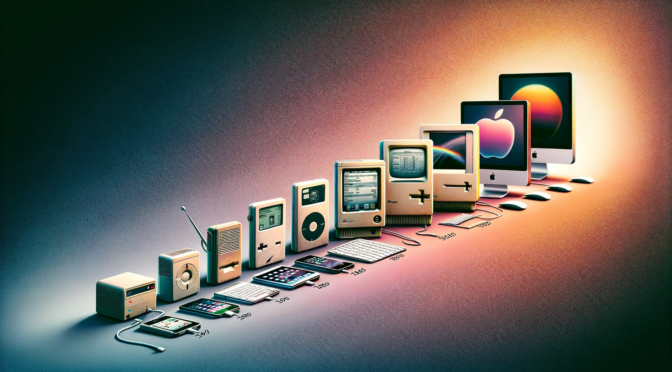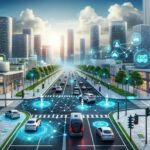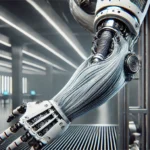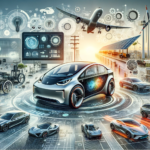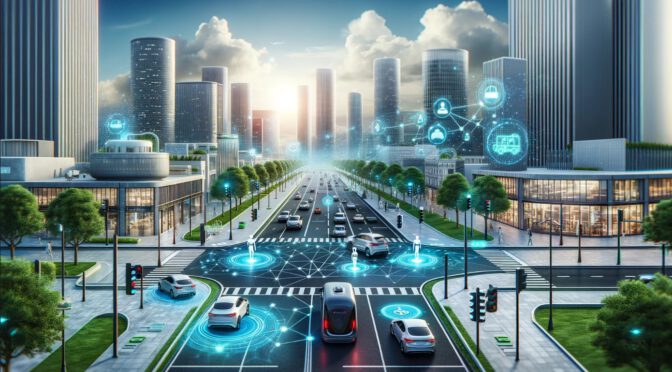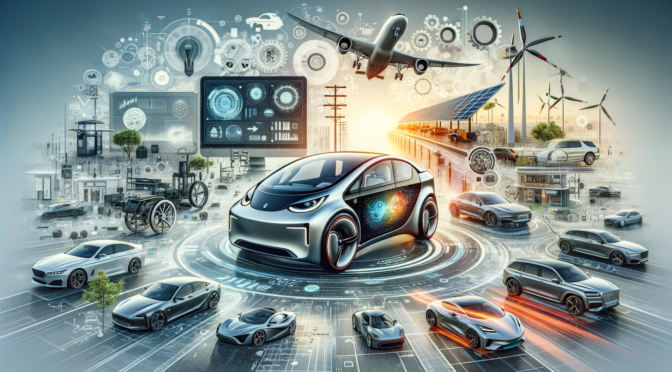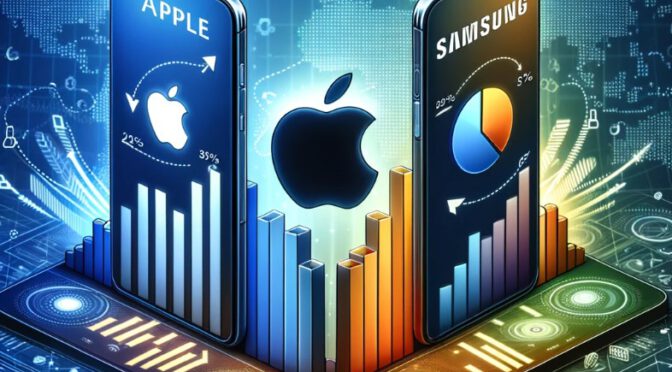[Image by TeX9.net]Apple’s Technological Evolution: Pioneering Innovation and Technology Advancements
Apple’s Technological Evolution: In the ever-evolving tech industry, one company has consistently stood at the forefront of innovation and technological advancement – Apple Inc. This post delves into the remarkable journey of Apple, tracing its development from a visionary startup to a global tech titan. We also could not resist to write about Apple again and again in the past.
The Genesis of Apple
Apple’s story begins in 1976 when Steve Jobs, Steve Wozniak, and Ronald Wayne founded the company in a humble garage. Their pioneering product, the Apple I, marked the genesis of a revolution in personal computing. It’s fascinating how this small startup grew to become a global leader.
A Trailblazer in User-Friendly Computing
In 1984, Apple unveiled the Macintosh, a game-changing computer with a graphical user interface and a mouse. This marked a pivotal moment in the history of computing, as it made computers more user-friendly and accessible. This revolutionary step cemented Apple’s reputation as an industry innovator.
Apple’s Expansion into Ecosystems
Apple’s innovation extended beyond hardware. The introduction of the iPod, iTunes, iPhone, iPad, and Apple Watch showcased the company’s commitment to creating a comprehensive tech ecosystem. This ecosystem-driven approach redefined the way we interact with technology, paving the way for seamless integration between devices and services.
Continuing the Legacy & Future Apple’s Technological Evolution
Apple’s future looks promising, with a focus on cutting-edge technologies like Augmented Reality (AR), Artificial Intelligence (AI), and sustainable practices.
In conclusion, Apple’s journey from a garage startup to a global tech powerhouse is a testament to its commitment to innovation and user-centric design. As Apple continues to shape the future of technology, we eagerly anticipate the next groundbreaking chapter in its story and follow what Apple’s Technological Evolution brings in the future.
